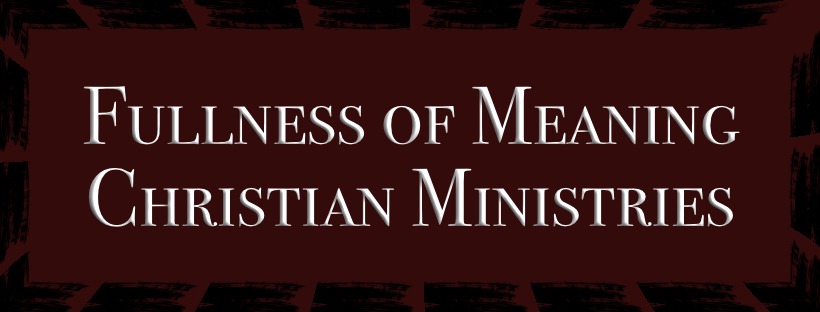The “dung god” or “fly god”, Beelzebub, seems to be first built upon its early onomatopoeia of a pestilential creature flying by. Later, ‘sound-name’ to ‘cultural word-idea’ or word-representation would establish the frame by which theological-mythological abstractions could arise. Kartvelian, Georgian, and Sumerian (all dating to at least 4,000 B.C.E.) have the onomatopoeic “bzz, blzz, v’v, etc. which was used in such ancient kingdoms to represent a pestilent bug, especially that of the fly”— i.e.— blzz + z’b. The genius resides in the Messianic configuration of the village’s hatred and adoration for the hideous god who attracted rot, dung, flies, filth and went into hell. History (and Biblical history) show us strong beliefs in this god that he, Beelzebub, could take away ailments and pestilence of kinds. Could there be validity in the skewed view of Jesus by the Pharisees when they said that Jesus cast out demons in the power of “Beelzebub”? I think so. Even chaotic- angered minds cannot help but to validate Jesus as The Messiah.
